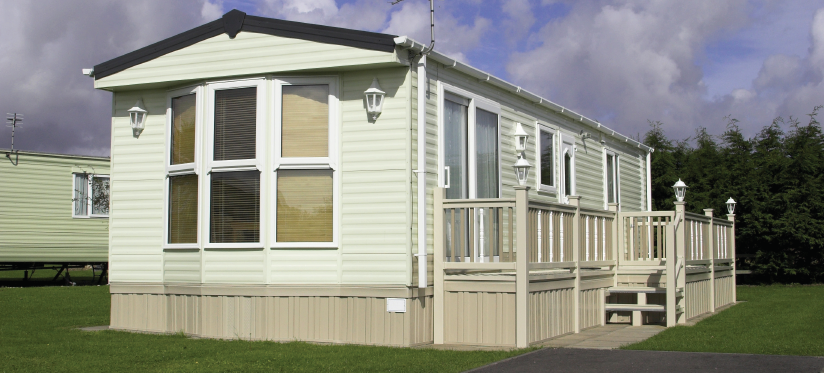
Reimagining HVAC in New Manufactured Housing
Slipstream partnered with the University of Central Florida–FSEC Energy Research Center, Northwest Energy Works, and Washington State University Energy Program and received nearly $1,000,000 from U.S. Department of Energy to reimagine HVAC in new manufactured housing (MH) from 2020 to 2024.
The project team evaluated, refined, and tested new approaches for delivering space heating and cooling in manufactured homes to improve energy efficiency, durability, and indoor air quality without significantly increasing production and MH siting costs.
Over the four years the project team performed the following activities:
- Implemented a feasibility assessment that identified the most promising innovations based on market drivers and barrier as well as energy impacts and cost effectiveness.
- Delivered proof-of-concept testing and field trials on the most promising innovations.
- Provided detailed guidance to the manufactured homes industry for widespread adoption of HVAC-related innovations.
Two innovations to highlight from this project are the partial factory-installation of ducted heat pumps and improved HVAC quality assurance protocols:
Partial-Factory Install of Ducted Heat Pumps: This innovation involves installing an air handler matched for use with a high-efficiency variable-capacity heat pump, a chaseway for refrigerant and condensate lines, and indoor heat-pump coil at the factory. The matching outdoor compressor model information is shipped with the home for local HVAC contractors to reference. It is a potential near-term solution to the technical and market barriers to full factory installation of high-efficiency heat pumps. We created a how-to guide to support industry adoption.
Improved HVAC Quality Assurance Protocols: We evaluated a simplified protocol for assessing envelope and duct leakage intended for home installers and inspectors. The protocol is designed to be quick and easy to implement using low-cost, easy-to-carry equipment, and would require minimal training—especially if implemented as a mobile device app in the future.
The protocol uses existing home exhaust fans (bath, kitchen range hood, whole-house exhaust, etc.) to depressurize the home and assess envelope leakage based on the level of depressurization. Duct leakage is assessed similarly by measuring the level of home depressurization during air handler operation when no return ducts are present (present in most MH). If exhaust fan flow rates associated with the assessment are also measured, the protocol can produce quantitative estimates of building envelope and duct leakage and measurements of ventilation fan air flow rates.
The protocol is meant to help home installers and inspectors easily flag serious envelope and duct leakage issues in the field that could otherwise lead to discomfort and performance issues that result in callbacks or even health hazards. See our overview of the protocol for a how-to-video, data collection spreadsheet, and related technical report.
Want to learn more?
If you would like more information about the study, check out the project resources below or contact Shannon Stendel, Senior Manager, at 608.729.6862 or sstendel@slipstreaminc.org.
Project Resources
- Guide: How to Partially Install a Heat Pump in a Manufactured Home Factory
- Guide: Manufactured Home Factory Duct Leakage Testing
- Report: Feasibility Assessment
- Report: Energy Modeling and Cost Effectiveness
- Report: A Simplified Field Diagnostics Protocol for Envelope and Duct Leakage in MH
- Website: Simple Duct and Air Leakage Test for New MH
- Case Study: Heat Pump-ready Manufactured Homes
- Report: Modeling and Economics of Select HVAC and Envelope Improvements in Manufactured Housing
- Report: Heat Pump Monitoring Technical Analysis